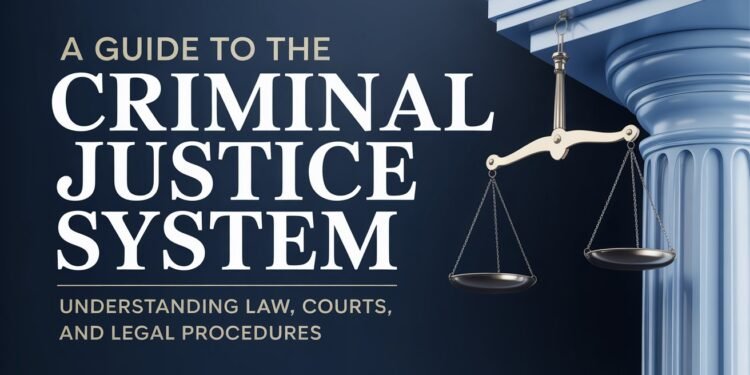Last Updated on November 5, 2025 by admin
Bail bonds play a significant role in the U.S. criminal justice system. When a person is arrested, the court often sets a bail amount, which must be paid as a guarantee that the defendant will appear for all scheduled court dates. Because this amount can be substantial, many turn to bail bond agencies for help. A Pennsylvania bail bonds company, for instance, can provide this service by posting bail for a non-refundable fee—generally 10% of the total bail—making release from jail more accessible to those who cannot pay the full amount upfront. This system is virtually unique to the United States, where commercial bail bonding is widespread. Bail serves both as an incentive for appearance and as a way for the court to assess a defendant’s flight risk. Those unable to pay may face extended pretrial detention, while others can resume their daily lives as they await trial, creating real disparities across communities.
Recent Bail Reform Efforts
The bail system has been criticized for its role in perpetuating inequalities within the justice system, particularly for economically disadvantaged or minority groups. Several states have initiated reforms to mitigate these issues. Illinois’ decision to abolish cash bail altogether—enacted through the Pretrial Fairness Act in 2023—marked a watershed moment in the national debate. This law effectively shifts the focus from financial capacity to risk assessment and public safety, allowing judges to make pretrial release determinations based on these factors rather than a defendant’s ability to pay.
Such reforms are designed to ensure that no one is jailed before trial solely because of poverty. Instead, the justice system is moving toward individualized assessments, which take into account a person’s ties to the community, criminal history, and the seriousness of the alleged offense.
Effect of Bail Reform on Communities
The push for reform is driven by strong evidence showing that the cash bail system disproportionately affects marginalized groups. Justice data indicates that more than 70% of the country’s jail population are pretrial detainees—many held simply because they cannot afford bail. This ongoing issue worsens economic inequality, destabilizes families, and adds to local communities’ burdens through unnecessary incarceration. Communities of color are especially impacted by these policies, leading to public outcry and increasing awareness that genuine criminal justice reform must also address the economic factors fueling mass incarceration.
The Future of Bail Bonds in the Criminal Justice System
As more state legislatures consider ending or modifying cash bail, the future of the bail bonds industry remains in flux. The shift towards risk-based detention decisions emphasizes public safety and the rights of the accused, seeking a balance between those priorities. It is likely that bail bond agents will become less central to the system as non-monetary release conditions, community support, and data-driven risk assessments take the lead.
This ongoing evolution is a sign of a broader societal reckoning with fairness and equality before the law, highlighting the urgent need for ongoing vigilance and advocacy as these changes unfold.
Conclusion
A comprehensive understanding of how bail bonds work clarifies the critical issues surrounding pretrial detention and criminal justice reform in the United States. While concerns persist about public safety and risk, the evidence shows that more equitable approaches are both effective and necessary. As legal systems and community organizations collaborate in shaping a fairer bail process, those affected by the system—and society as a whole—stand to benefit from the resulting justice and opportunity.










